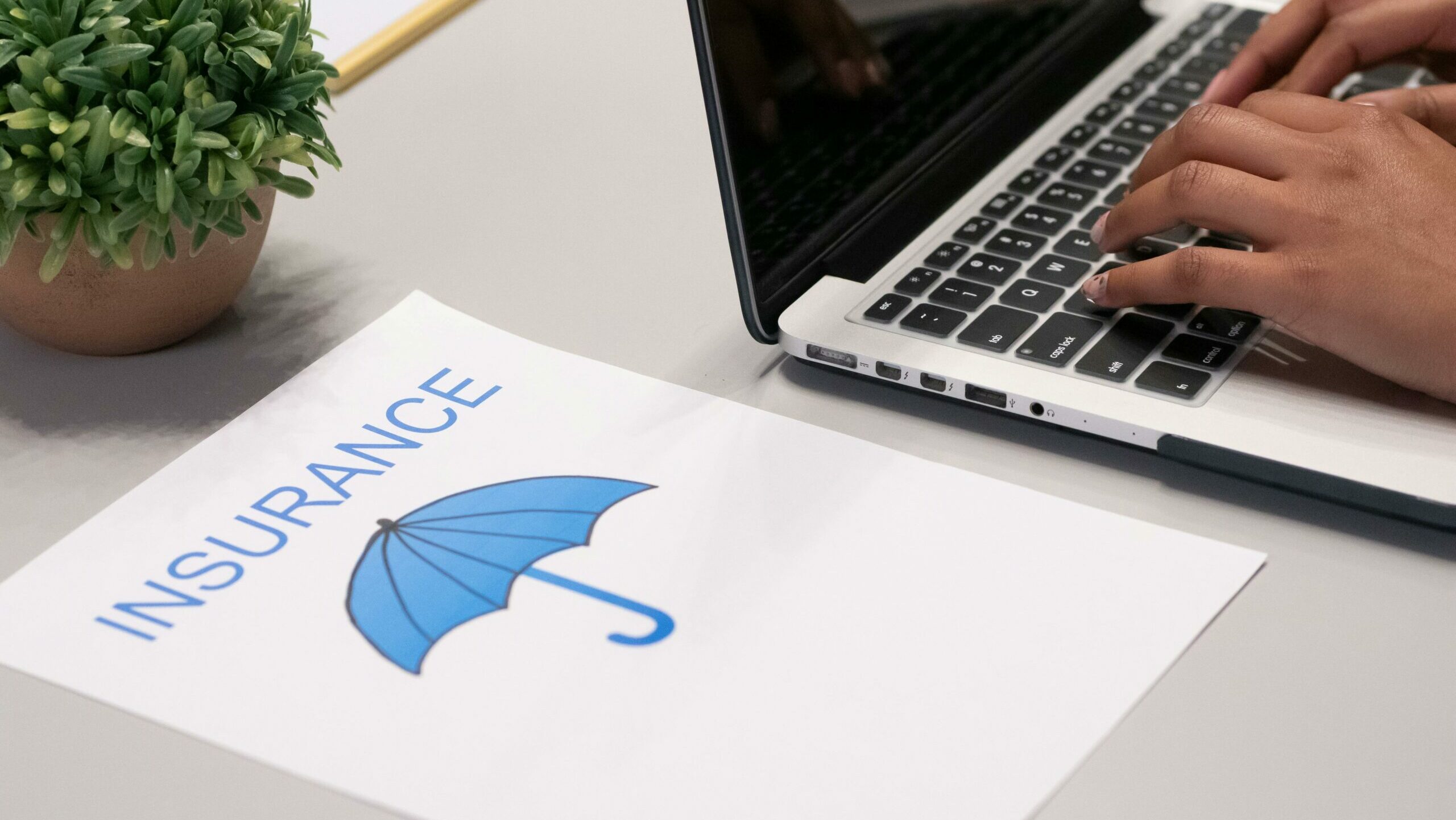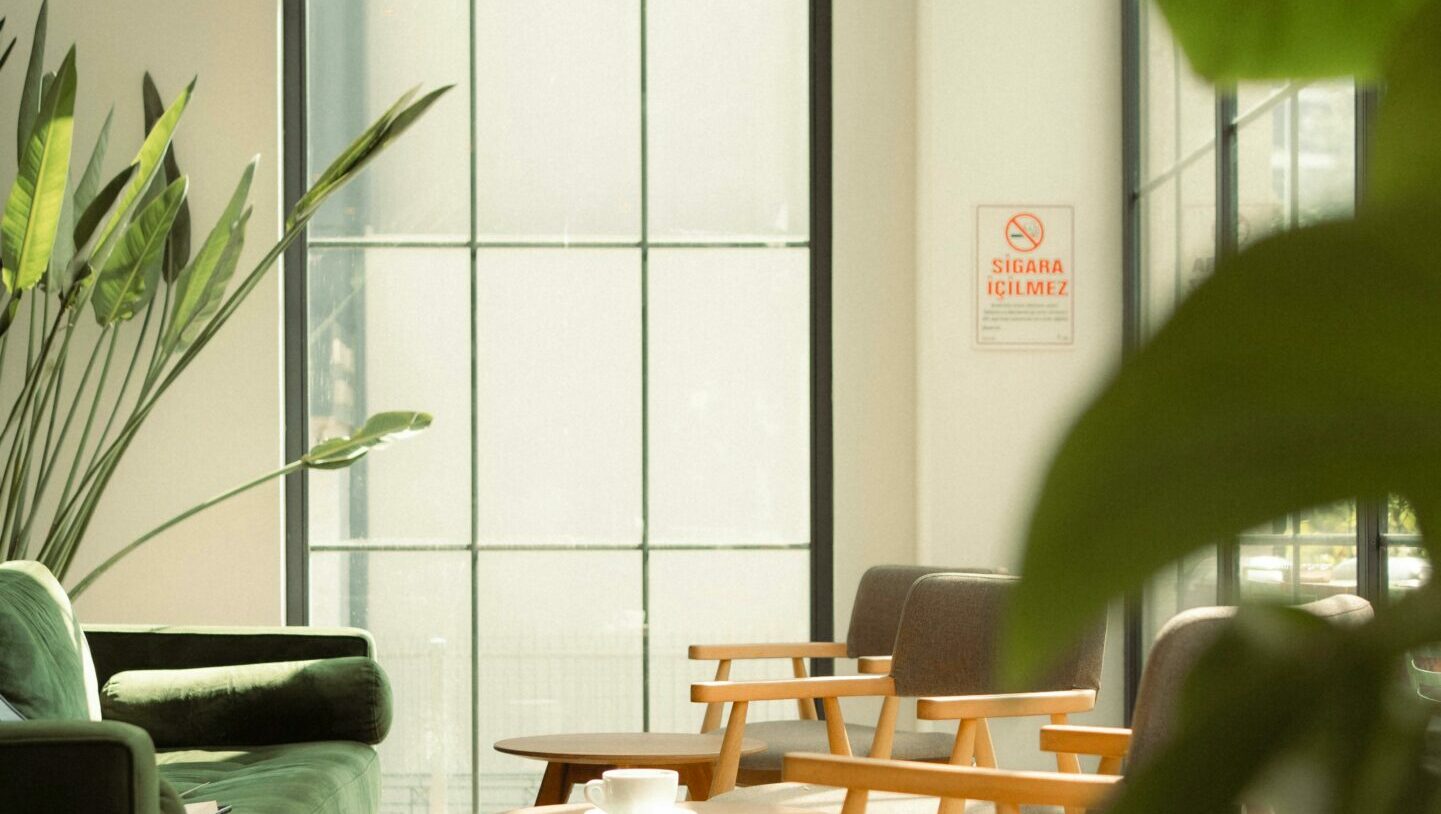Why Preventive Health Screenings Matter More Than Ever for Americans in 2026
If the last few years have taught us anything, it’s that prevention truly is better than cure. In 2026, preventive health screenings are no longer optional checkups — they’re essential life tools. With rising healthcare costs, new diagnostic technology, and a growing awareness of early detection, more Americans are realizing that catching potential issues early can save money, time, and even lives.

The Shift Toward Proactive Care
Traditional healthcare in the U.S. has long focused on treatment after illness. But in recent years, the trend has shifted dramatically toward proactive care. Preventive screenings — from annual physicals and mammograms to cholesterol and glucose tests — are becoming part of people’s yearly routines.
What’s driving this change? A combination of access to better data, wearable technology, and post-pandemic health awareness. Many Americans now track their heart rate, sleep quality, and even blood oxygen daily through smart devices. This real-time monitoring encourages them to take screenings more seriously and follow up on warning signs earlier than ever before.
The Economic Factor
Healthcare costs in the U.S. continue to climb. Preventive screenings help reduce the financial burden by identifying potential health problems before they turn into expensive hospital visits. For instance, catching hypertension or high cholesterol early can prevent heart disease — a leading cause of costly emergency care.
Insurance companies are also recognizing the long-term savings. Many now cover annual screenings and wellness programs with zero copay, incentivizing Americans to stay ahead of their health rather than waiting until something goes wrong.
Technology’s Role in Modern Screenings
Advances in AI-driven diagnostics are making preventive health more accurate and accessible. Smart imaging tools can detect early signs of cancer, and machine learning algorithms now help doctors spot irregularities faster than ever. Telehealth platforms have also expanded screening access, allowing patients to consult specialists remotely for early assessments without traveling long distances.Even pharmacies and retail health clinics now offer walk-in screening services — a convenience that encourages participation, especially for those in underserved communities.
Screenings for Every Age and Lifestyle
Preventive care isn’t one-size-fits-all. The recommended screenings vary by age, gender, and risk factors. For example:
Adults under 40 should focus on blood pressure, cholesterol, and skin checks.
Ages 40–60 often require additional cancer screenings and diabetes testing.
Seniors 60+ benefit from bone density tests, cognitive assessments, and heart scans.
The key is regularity. Annual screenings create a baseline for your health, helping your doctor track changes over time and respond early to red flags.
The Emotional Benefit of Early Detection
There’s also a mental and emotional dimension to preventive screenings. Knowing that you’re actively managing your health reduces anxiety and fosters a sense of control. Many Americans now view health checkups not as stressful chores but as empowering acts of self-care.
A Future of Predictive Health
Looking ahead, the next wave of preventive care will likely involve predictive analytics — using your health data to forecast risks before symptoms appear. By 2026, wearable devices, home-based diagnostic kits, and AI-driven health apps will continue to redefine what “checkup” means.The goal? To move from reactive medicine to predictive wellness — where prevention becomes the foundation of long-term health and quality of life.







